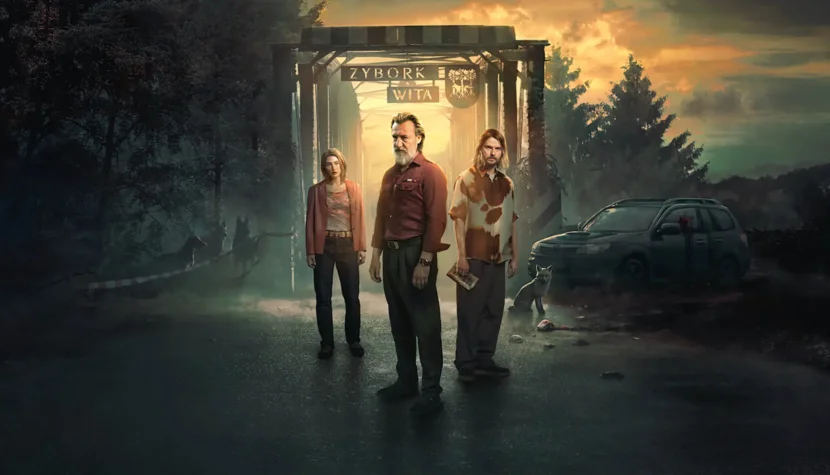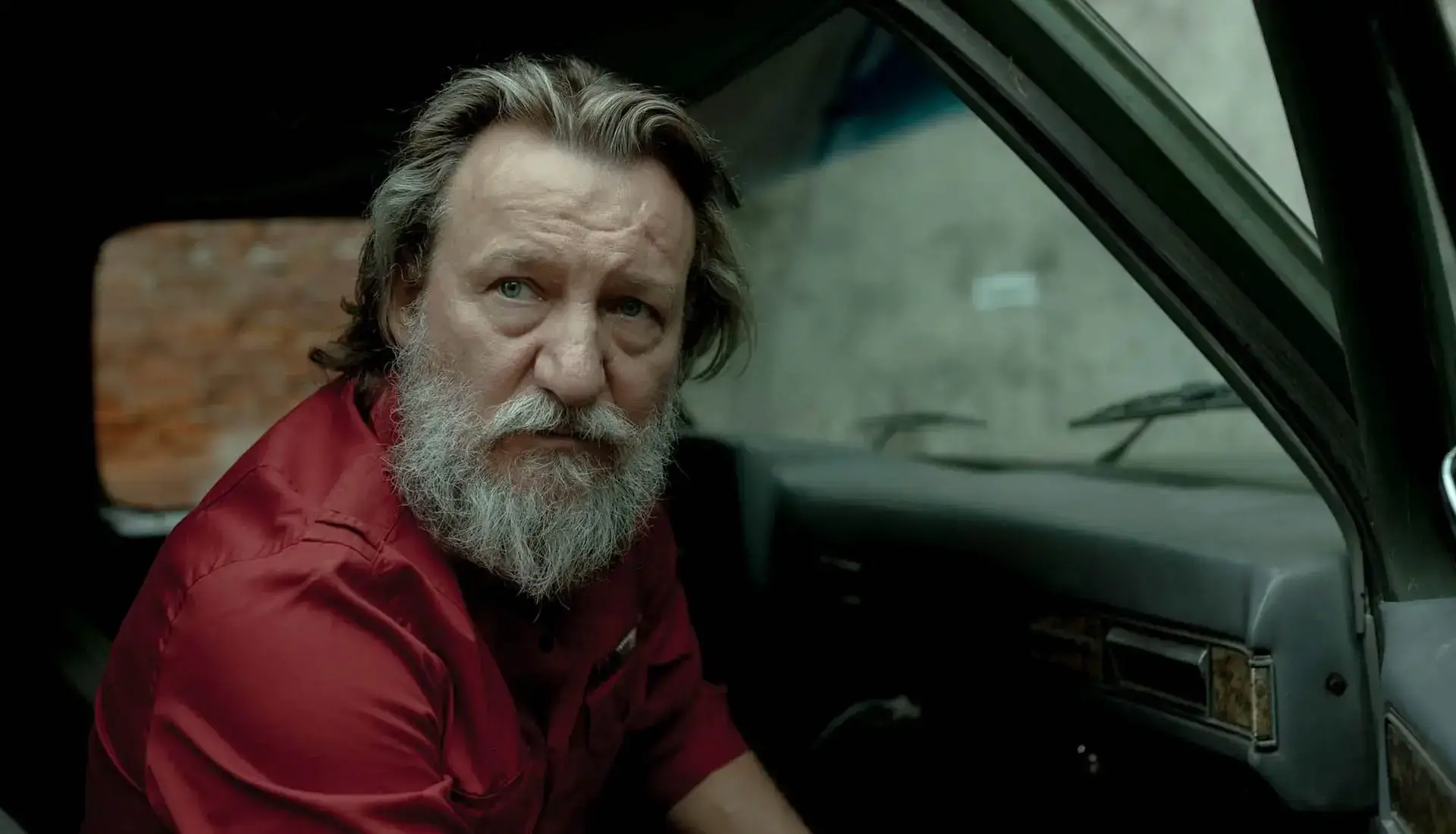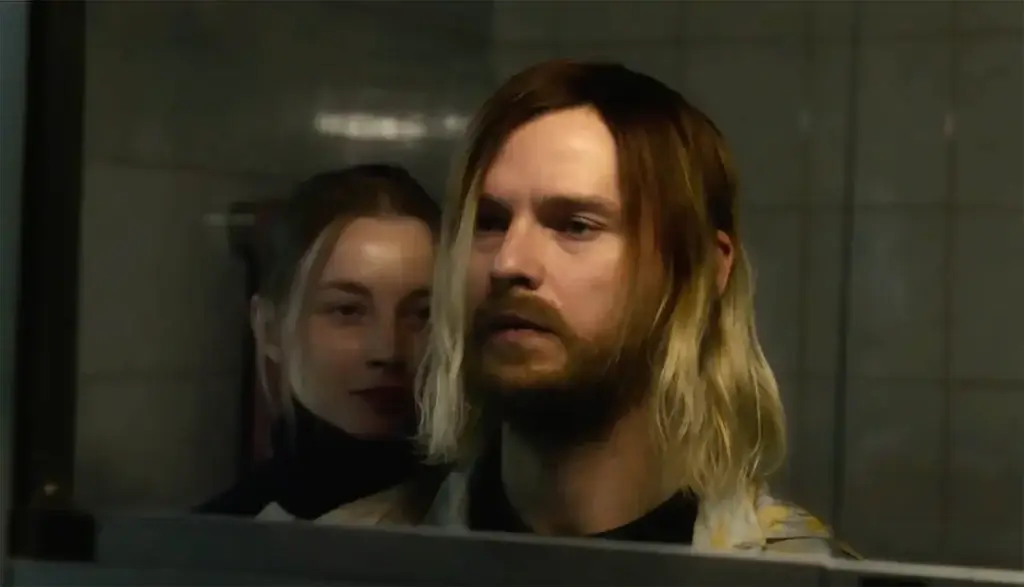HOUND’S HILL. Where Have the Emotions Gone? [REVIEW]

In recent years, many crime series have focused on small towns—closed-off, struggling communities—where the main characters grapple with their past, local power dynamics are challenged, a businessman starts building something new, and against this backdrop, a crime unfolds that ties together the fates of old and new characters. I get the impression that the framework consistently conceived by Jakub Żulczyk and filmed by Jacek Borcuch and Piotr Domalewski is entirely built from clichés, which prevents it from reaching the unique level of productions like Angel of Death or The Woods. Hound’s Hill has a catchy title, promising an unconventional portrayal of crime, but I doubt it can entice readers into delving into Żulczyk’s hefty novel, which he also co-wrote for the screenplay. The series is safe, carefully made to avoid offending anyone, which is why violence and nudity have disappeared, replaced, inexplicably, by the overuse of profanity.
The main roles are entrusted to Jaśmina Polak, Mateusz Kościukiewicz, and Robert Więckiewicz. A few other well-known actors appear in the background, but it’s this trio that drives the plot and provides the necessary tension. The problem, however, lies in the lack of emotional engagement. Here, I’d point to a dried-up source of emotion. Sometimes, combining “veteran” actors with the younger generation backfires. The main character, Mikołaj Głowacki (Mateusz Kościukiewicz), is supposed to be charismatic as he returns to his corruption-ridden hometown to confront both his past and a crime. But he’s completely overshadowed, both in character and dramatic presence, by his on-screen father, played by Robert Więckiewicz. Isn’t that a misstep? Or perhaps the series is intended for readers of the novel, which might be even worse for it, as fans of the original text are often critical of adaptations.

Another dry source of emotion lies in the music. It’s intense and electronic, with a recurring theme of a mournful, wailing female vocalization. However, this style is relentless and somewhat tiresome, at times suggesting a horror connection while underscoring moments in the series that neither call for music nor benefit from this particular style, as it strips them of their drama. There are several plot threads, including the most stereotypical and dramatic one—corruption in the local government. Thankfully, the flashbacks are relatively well-integrated into the overall narrative, which unfolds at a snail’s pace toward its conclusion. The vocal-driven music does nothing to help, often stalling suspense and significantly impacting the viewer’s emotional experience. There are occasional counterpoints, such as confrontational dialogues, but these often dissolve into extended shots or drawn-out conversations, further hindered by Mateusz Kościukiewicz’s halting delivery. At times, you almost want to shout at him on screen: “More courage, Mr. Mateusz! Louder, clearer, and with more expressive emotion, so the audience knows exactly what you’re feeling.”
Aesthetically, the series is fairly standard. There was some effort put into the opening sequence, but again, the vocalization undermines the camerawork, which attempts to depict madness through dolls and drawings—desperately crafted to tell a story of nightmares. The recurring motif of a woman in a black headscarf may hint at Lynch’s influence, but if Hound’s Hill aims to be a Polish Twin Peaks, it has a long way to go in terms of narrative, visual storytelling of emotions, and, most importantly, music. I also struggled with the uneven camerawork. Some shots were very modern, while others seemed carelessly done, giving an offbeat, indie-film vibe, which didn’t fit the context. Post-production is minimal, and when special visuals are required—like a depiction of a corpse—they appear almost amateurish. Pay attention to the dead woman’s body at the very beginning of the series: her skirt is pristine, neatly arranged, while her bloody, crumpled underwear seems oddly staged. The pose looks unnatural, as if someone had arranged a mannequin rather than a body for a serious crime drama.

Additionally, I found the emotional detachment in the subplot of an old murder disappointing. While the characters discuss this past crime, especially in their interactions with Głowacki, the protagonist’s reactions to it feel tepid. Supposedly searching for answers, wandering the depicted world and investigating, he comes across as lukewarm, making the personal investigation a lackluster experience for viewers.
Overall, the series presents an intriguing concept—albeit somewhat clichéd, as this type of story has been abundant in the 21st century. But the execution determines how such a tale resonates with audiences. Unfortunately, I fear Hound’s Hill will fade into the crowd of Polish crime series vying to become cult classics while taking the easy route by relying on pre-written, well-known material. This approach results in a lack of artistic impact.

